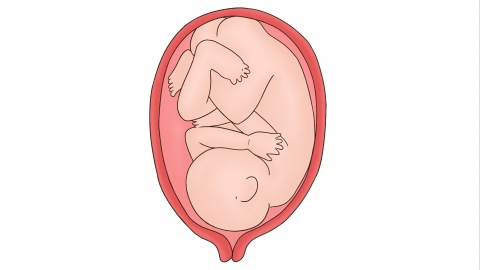Can a 4D color ultrasound detect fetal heart defects?
Generally, 4D color Doppler ultrasound can detect fetal cardiac malformations, and if necessary, it is recommended to undergo the examination under a doctor's guidance. Detailed analysis is as follows:

4D color Doppler ultrasound offers both spatial and temporal resolution, enabling real-time, dynamic visualization of fetal activity within the uterus and clearly displaying the fetus's internal structures, including the heart. Using 4D color Doppler ultrasound, doctors can observe the four chambers of the fetal heart, the connections of the major blood vessels, and the movement of the heart valves, thereby conducting a comprehensive assessment of the structure and function of the fetal heart. When cardiac malformations are present, these structural abnormalities will be clearly evident in the 4D ultrasound images.
4D color Doppler ultrasound also incorporates advanced imaging technologies and algorithms that further process and analyze the collected ultrasound signals, generating clearer and more realistic images of the fetal heart. These images not only assist doctors in accurately identifying the type and severity of cardiac malformations but also provide valuable reference information for subsequent surgical treatments. Additionally, 4D color Doppler ultrasound can be combined with technologies such as color Doppler flow imaging to observe blood flow within the fetal heart, further evaluating cardiac functional status.
Pregnant women should maintain healthy lifestyle habits, including balanced nutrition, moderate exercise, and avoiding excessive fatigue. These measures help maintain maternal health and provide a favorable environment for normal fetal development.




